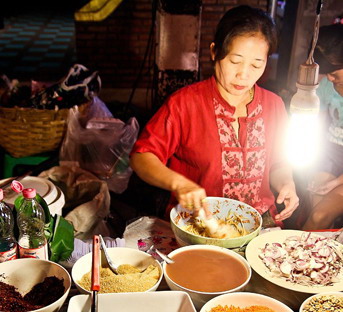 I am sure there are photographers out there who believe that you look for G on the mode button, and the camera does the rest. G of course stands for “Great shots”. The newer cameras really do make the photographer feel that the electronic smarts will do it all. Unfortunately, they don’t.
I am sure there are photographers out there who believe that you look for G on the mode button, and the camera does the rest. G of course stands for “Great shots”. The newer cameras really do make the photographer feel that the electronic smarts will do it all. Unfortunately, they don’t.
Never forget that the definition of photography is “painting with light”. And you are the painter. Much of photography is to do with harnessing the light rays given to us by the great lighting technician in the sky.
Take, for example, photographing the waves rolling into the shore. The white caps on the top of the waves look great, but to get that shot you need to have the sun coming from behind you, at an angle that is almost parallel to the beach. This way the water remains dark, but the white caps catch the sun’s rays and show very brightly.
So how do you get this shot? Well, you have to find a beach where the early morning sun’s rays go out to the sea. If you can’t find one, sometimes the late afternoon sun will then be coming from the direction you want. This is something that your fancy e-camera cannot replicate. 30 pixels can’t move the position of the sun.
And those two times – early morning and late afternoon have always been the best times to get good shots. “Cold” ambience in the early mornings and “warm” ambience in the afternoons. You can use an 81A or 81B “warming” filter, but the end result is not as good as that coming from the ethereal light technician.
I have just mentioned color “temperature” (cold and warm) which are terms that are borrowed from physics. However, the photographic color temperature is not exactly the same as the color temperature defined in physics, as photographic color temperature is measured only on the relative intensity of blue to red. However, we can borrow the basic measurement scale from physics and we can measure the photographic color temperature in degrees called Kelvin (K).
Here is a table to show the color differences in light sources.
1000 K Candles; oil lamps
2000 K Low effect tungsten lamps
2500 K Household light bulbs
3000 K Studio lights, photo floods
4000 K Clear flashbulbs
5000 K Typical daylight; electronic flash
5500 K The sun at noon
6000 K Bright sunshine with clear sky
7000 K Slightly overcast sky
8000 K Hazy sky
9000 K Open shade on clear day
The next confusing aspect is that the photographic color rendition and the human eye do not see the colors with the same intensity. The usual camera colors are ‘balanced’ to around 5,000 K, so light sources lower in color temperature will look orange, even though it does not look orange to the naked eye. This is why tungsten light sources produce the orange hue. However, when you balance the color, the light is balanced against tungsten light by exposing it to a blue tinge, so this time the light bulb will look white. Slightly confusing.
You also do not have to know the degrees Kelvin table off by heart to get some different photographs when you turn the flash off. The main thing to remember is that the color you perceive via the naked eye, is not necessarily the color you will get in your photograph, but if you know your Photoshop, you can correct this in what we call post production.
Let’s get some spectacular low-light photographs. Firstly, inactivate the flash, but turn on the automatic mode for your camera. If you have a tripod, dust it off, but even if you haven’t, continue. We are about to explore the 1000 K to 2000 K end of the scale.
Go to your local markets and take some photographs using just the stall-holder’s naked bulb for illumination. Be prepared to lean against a telephone pole to stop camera shake. But give it a go.
Now try photographing some of the hotels at night. Most are quite brightly lit and once again, you may end up very surprised. Even try some portraits lit by candles only. Use your imagination, and not the flash!
 |
 |
 |





